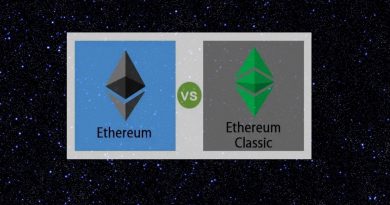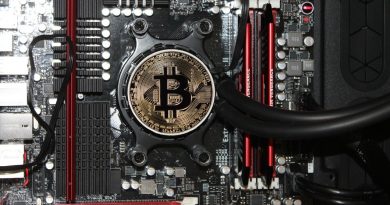Importance of Consensus Mechanism in Blockchain
Key points
- Importance of Consensus Mechanism in Blockchain
The most common and hottest examples of blockchain technology are Bitcoin and Ethereum. Both Bitcoin and Ethereum use the PoW (Proof of Work) consensus mechanism. Where Bitcoin will continue to use the PoW mechanism, Ethereum is working on moving to the PoS (Proof of Stake) algorithm.
Importance of Consensus Mechanism in Blockchain
To understand the importance of consensus mechanisms in blockchain, let us consider an example of a Bitcoin network. The Bitcoin network is a public, permission-less blockchain where any user can join, even a pseudonymous and anonymous user. The native crypto token of this network is Bitcoin (BTC).
On the Bitcoin network, nodes are the miners, who process the transactions. Before processing, the transactions are grouped in a temporary pool called ‘mempool’.
A block record, known as a block, contains a few transactions, that are linked by the Bitcoin protocol program in a P2P (peer-to-peer) network. Blocks are stacked one after the other in the form of a chain.
After every 10 minutes, a block is created, transactions from the mempool are only included when they are approved by the miners. All the miners on the Bitcoin network have equal authority, to validate transactions and create blocks.
There is one genuine problem that is associated with the above. What if miners collets the transactions independently in the mempools and develop their separate blocks?
If this happens, the same transactions will get added to many blocks, allowing users to spend the same Bitcoin multiple times. This problem is known as ‘double-spend’.
There is another problem that can happen here, a miner can create a block that is not within the community standards of Bitcoin. While other miners have completely ignored the block, a non-conformist miner could continue to create blocks on top of it, creating another chain in the network.
This situation can be even worse if other miners join the non-conformist miner and added new blocks to the second chain.
If the non-compliant blockchain attracts more miners than the original chain, it will have a huge economic impact, forcing the Bitcoin community to implement a hard fork. A hard fork is to take the network before the dispute and create an entirely new chain. This could be a good solution, but many hard forks could bring instability to the network.
Also, there is a possibility that rogue miners will flood the network with fake transactions and create congestion on the network, causing a DDoS (distributed denial of service) attack. This will allow the rouge miner to take complete control of the network and cause double-spending at will.
To mitigate these threats, developers have designed a consensus mechanism.
Disclaimer: The article is just to provide information and shouldn’t be considered as any financial advice. It is advisable to conduct thorough research before investing in any cryptocurrency.
Photo by – geralt on Pixabay




